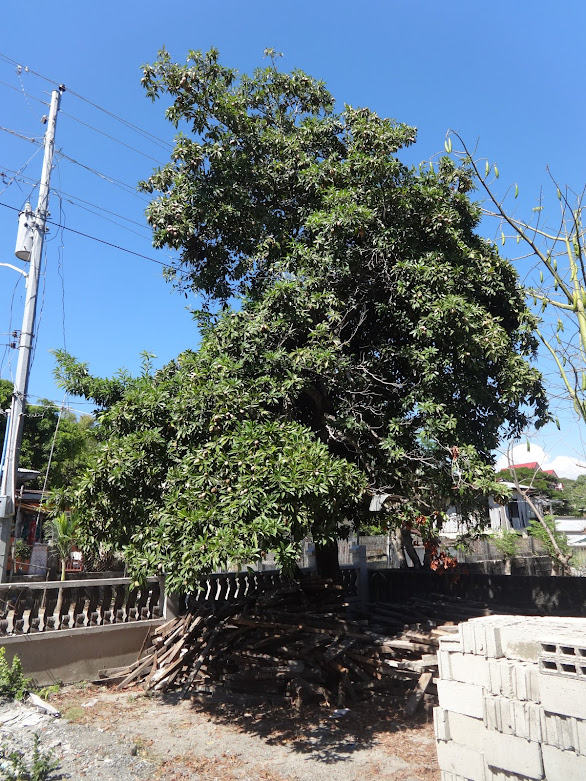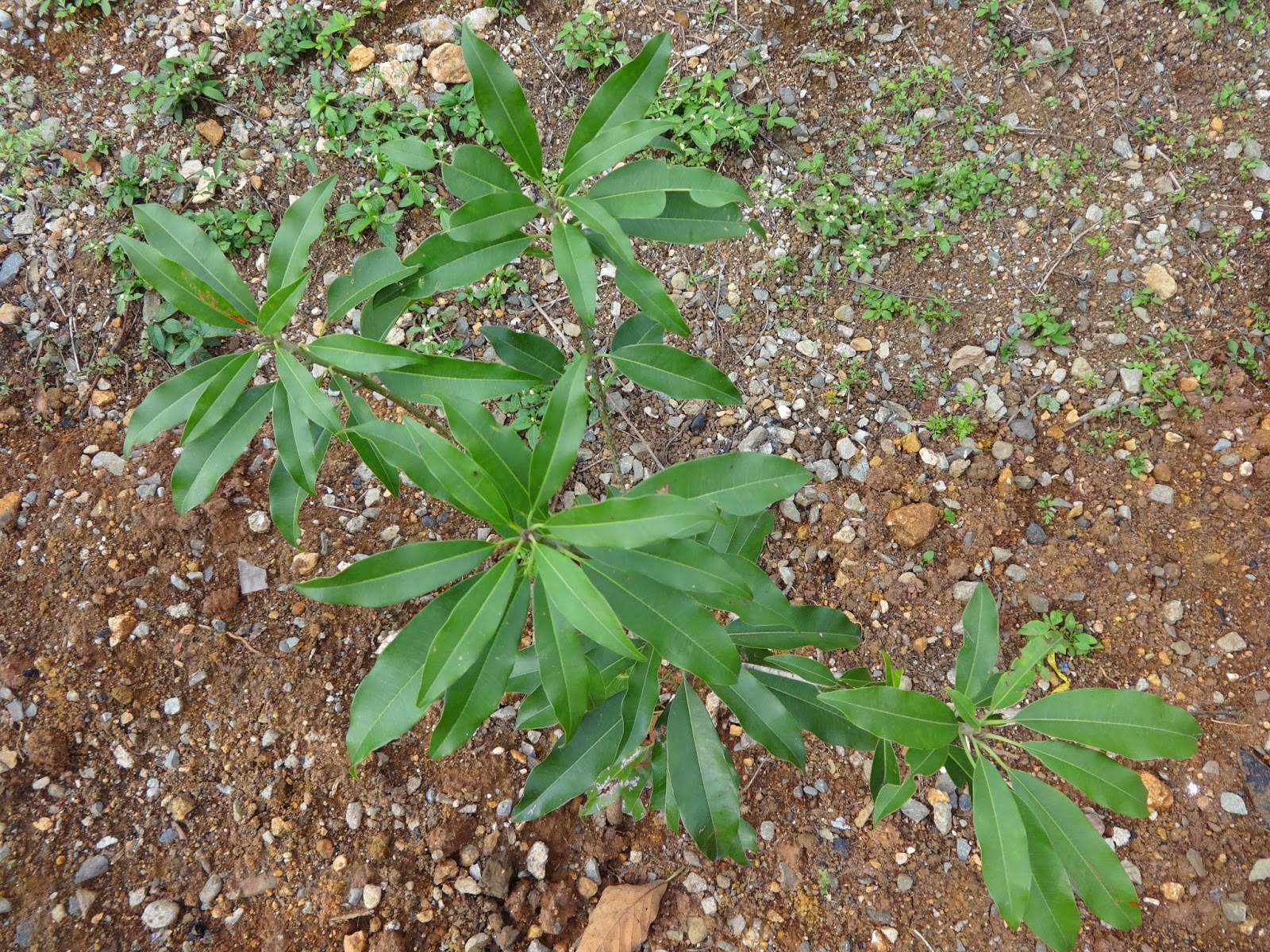PLANT PROFILE
Gynura procumbens is a vine, quite popular in South East Asia and some parts of Central Africa. It is highly esteemed for its medicinal and culinary values, but still mostly unknown outside those regions. As a herb it is famous for its antidiabetic, anticancer and hypotensive properties, but there are much more virtues of this plant. As for its pure culinary uses, it is often compared to spinach, with common names Longevity Spinach, Mollucan Spinach or Cholesterol Spinach. It is also called Leaves of Gods. Here are some common names in other languages : Sabungai, Kamangi (Tagalog), Paetumpung (Thailand), Sambung nyawa (which means Extending Live, - Indonesia), Deva raja, Akar sebiak, Kacham akar (Malaysia), Chi angkam (Cambodia), Kim That Tai, Cai Tieu Duong, Tiem Vinh (Vietnam), Man san qui cao, Lam fei yip, Bai bing ca, Ping wo ju sam qi (China).This plant have also many latin synonyms including Senecio cacaliaster, Cacalia cylindriflora and Crassocephalum latifolium, but none of them seems to be in use nowadays.
There is a lot of misinformation on internet and plant market in the Philippines, as Gynura procumbens is often called Ashitaba or Asitava. In fact the real Ashitaba is Angelica keiskei, and it is highly unrelated plant.
Gynura procumbens is very closely related to Gynura bicolor aka Okinawan Spinach, and sometimes mistaken with.
CULTIVATION AND HARVESTING
Sabungai is a perennial, climbing vine, growing wild on edges of tropical forests and bushes, meadows, near streams, or other wet but well drained soils, and semi-shady places. It like rich soils , and can quickly spread 6m in lenght. It also can grow on poor, bit dry soil and cope with full sun, but its growth will be slow. This plant is not hardy at all, and temperatures just below 5'C can damage it. Even though it is a vine, its stems are not really flexible, even when young, so with regular tips cutting it can sustain as a small bush. Gynura procumbens grows very fast, so if the plant is already strong and 0,5m big, it'll probably grow quicker then you'll be able to eat it. Pick the fresh young tips any time you want, preferably straight before eating. If you want to dry some leaves for tea, choose older leaves. It is more rich in bioactive compounds, and contain less water in its tissues than the young one, so it'll dry easier.
CULINARY USES
Young leaves and stems of Gynura procumbens are crunchy and succulent, but even older leaves are not hard, and it usually have more valuable content and less water. It can be used fresh in the same way as salad leaves, for sandwiches and salads, or turned into smoothie (squeezing and drinking, only pure juice out of it, is in my opinion waste of healthy, nutritious plant matter). It can also be boiled, blanched or steamed like spinach, or added to soups, stews or stir-fries. Dried or fresh, cutted leaves and stems, can be used for making herbal tea.
MEDICINAL USES

Fresh leaves of Gynura procumbens have long tradition of medicinal uses in South East Asia. It is a remedy for diabeties, hyperlipidemia, hypertension, cancer, fever, rashes, urinary infections, kidney problems, inflammations, allergies, herpes and viral infections, migraine, constipation, rheumatism and dsyntery. This plant is highly rich in antioxidant and antiinflamatory flavonoids and other phenols, and anticancer proteins - peroxidase. It also contain tannins, alkaloids, saponins, sterols and essential oils. Eating few leaves daily lowers blood sugar ( but not for people with normal sugar level ), blood pressure and cholesterol level. Sabungai leaves poultice is applied for rheumatism and muscle pains, ulcers, wounds and inflammations. There is report of 70 year old man that cured himself from prostate cancer by drinking gynura tea daily.
There are informations about traditional use of this herb as a abortifacient, in some parts of Asia, therefore it should be avoided by pregnant women.
Sources
'' Jamu: Ancient Indonesian Art of Herbal Healing '' - Susan-Jane Beers, Turtle Publishing 2013
'' Medicinal Plants of the Philippines '' - dr. Eduardo Quisumbing, Katha Publishing 1978
http://www.stuartxchange.com/Sabungai.html
http://www.gynuraonline.com/index.php/publications/
http://www.diabetes-living.org/natural_herbs_for_diabetes.html
http://myherbsweblog.blogspot.com/2011/01/sambung-nyawa-gynura-procumbens-lour.html
http://herbsarespecial.com.au/newsletters/newsletter-apr-10.html
http://www.backyardchickens.com/t/941174/gynura-procumbens-longevity-spinach
http://www.green-harmony.com/about_the_herb.html
https://www.youtube.com/watch?v=Wpq-BvjaCOA
http://barefootroamer-barefootroamer.blogspot.com/2011/10/the-medicinal-value-of-gynura-procumbens.html
http://seanile.blogspot.com/2011/10/gynura-procumbens-miracle-plant.html
http://journals.plos.org/plosone/article?id=10.1371/journal.pone.0068524
http://www.ncbi.nlm.nih.gov/pubmed/12602932
http://www.hindawi.com/journals/ecam/2013/394865/
http://informahealthcare.com/doi/abs/10.1080/13880200802179642?select23=Choose&
http://www.kjpp.net/journal/viewJournal.html?year=2007&vol=11&page=145
http://www.scialert.net/qredirect.php?doi=ajps.2010.146.151&linkid=pdf
http://www.scielo.br/pdf/clin/v66n1/v66n1a25.pdf
http://www.sma.org.sg/smj/4101/articles/4101a2.htm
http://www.ukm.my/jsm/pdf_files/SM-PDF-41-8-2012/05%20Chong%20Ching.pdf
http://www.scielo.br/scielo.php?script=sci_arttext&pid=S1807-59322011000100025
http://theoriginalcure.com/best-food/gynura-procumbens














.JPG)














































